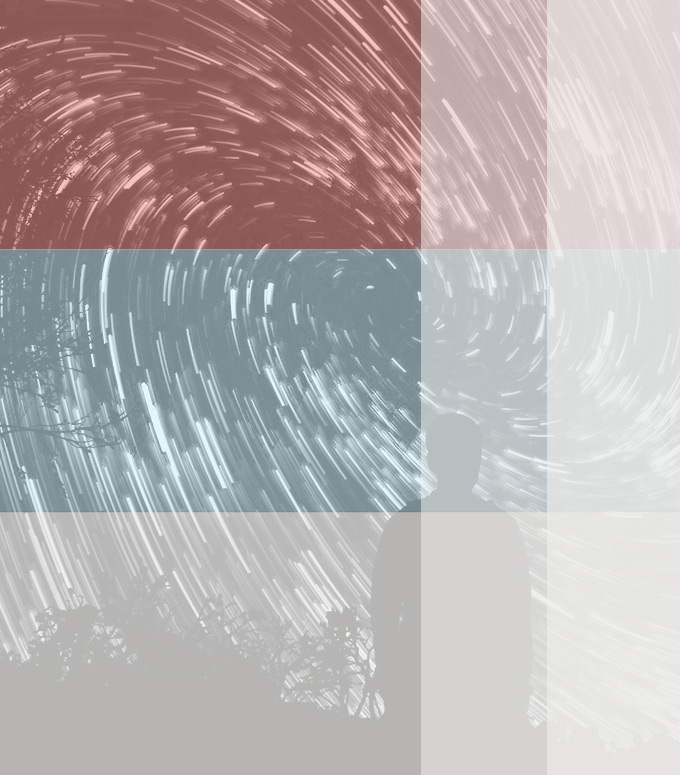Photography is a powerful storytelling tool. It can be used to provoke emotion or incite action. It’s essential for communicating your story in today’s visually-driven society.
There is no substitute for “real” photography – actual photos of your product, your team, or your work in action. But for times when you can’t get real photos, there are stock photos. So how do you go about finding and using stock photos?

Google isn’t your friend
Just because a photo is on the internet doesn’t mean it’s ok for you to use – even if you’re using it just on your blog or work for a nonprofit. You’ll need to check where a photo originated, and what the copyright restrictions are or you could find yourself in trouble. If it’s under a creative commons license, you can use it with certain restrictions, attribution being a basic one. Here’s a breakdown of how to attribute images properly. Purchasing a stock photo doesn’t mean you own the copyright to it. Read more about copyright infringement to make sure you don’t break any rules.
How to find good stock photos
There are several stock photo sites that offer high quality sometimes royalty-free photos for purchase: iStock, Thinkstock, Bigstock, Getty images, and Shutterstock. Some things to consider when choosing a stock agency:
[info-card]Royalty-free is a type of copyright license. You pay a one-time fee to use a photo as much as you would like. This means you can put it on your website, and in your print brochure, as well as share on social media. Another type of license called “rights managed” specifies where and for how long you can use the photo.
Read more: http://www.shutterstock.com/support/article/What-s-free-and-what-s-royalty-free
[/info-card]
What kinds of photos do you need?
Before committing to a specific stock photo site, search around and see if you can find the photos you’re looking for on the site. You can always download a small watermarked version of the photo to use as a placeholder to ensure it fits your needs. There is some overlap with stock sites, but there are usually signature collections – meaning the photos are only available on that particular site. Some sites even offer an “exclusivity buyout” meaning going forward you have exclusive rights to the image.
What size photos do you need?
Some stock photo companies sell all photo sizes at one price, and some sell larger images for more money. For the latter, pay attention to this as you may be able to save some money if you only need a small image. Generally, if your image is only going to be used for web, 72 dpi should be adequate and 300 dpi is required for print. Check with your designer before purchasing.
How many photos do you need?
Is this a one-off purchase, or will you need photos on a regular basis? If you need lots of photos purchasing a subscription or a large image pack will save money. There are many ways you can purchase photos with various amounts of flexibility. Shop around to get the best price for your needs.
How will the photos be used?
Usually there are restrictions on how you can use the photos. For example, if you’re going to use them on a template for resale, merchandise, large print runs, or TV, you may need an enhanced plan. Check the fine print to make sure you’re not breaking the license rules. Also, some photo sites have “editorial use only” photos meaning the image can only be used for non-commercial purposes. There may be other prohibited uses such as use in any logo or trademark, pornographic, obscene or libelous works, and redistributing files.
When will you use the photos?
Some licenses only remain valid if you use your file in a project within X amount of time of your subscription ending.

Free photos
Your budget may not allow for purchasing of stock photos. In that case, don’t worry, there are several websites where you can download free stock photos. If you’re wondering why anyone would ever bother with paying for stock photography then, there are some downsides. The quality of imagery may be lower, the size too small, and the variety of subject matter is smaller. There’s also the dilution principle to keep in mind. If you’re using a free stock image, chances are that others are using the same image elsewhere. Other businesses could even be using the photo to promote something that contradicts your brand and messaging. In that case your message comes across as cheap and disingenuous. Proceed with caution.
- New Old Stock Vintage photos from the public archives.
- Magdeleine Photos with themes of nature, people, technology, objects and more. Cool ability to search by dominant color in the photo.
- Pexels Choose from a wide range of pictures free for personal and commercial use. Attribution is not required. A partner of Shutterstock, so if pexels doesn’t have what you’re looking for you can jump over to shutterstock to purchase there.
- Splashbase A search and discovery platform for the following sites: travelcoffeebook, startupstockphotos, littlevisuals, gratisography, getrefe, jaymantri, superfamous, mazwai, unsplash, snapographic, moveast, snapwiresnaps, newoldstock, splitshire, camarama, mmt, lifeofpix, crowthestone, skitterphoto.
- Pixabay High quality crisp images. Searchable by keyword or category. All pictures are released under Creative Commons CC0 into the public domain.
- Flickr Creative Commons Photos in the Flickr library that have been licensed for others to use.
Final note:
I’ve focused specifically on photography in this post, but there are also other forms of stock including video, audio and vector graphics. Most of the websites listed above also have those media available as well. Final recommendation: The Noun Project. They focus primarily on icons that range from public domain to available for purchase.
